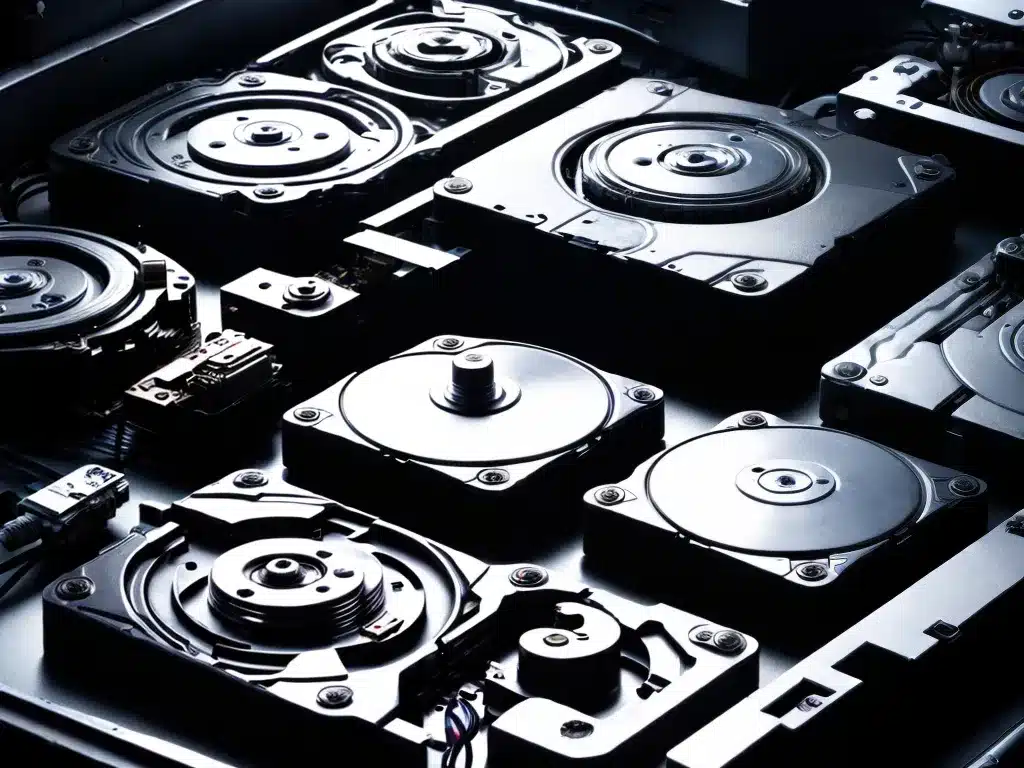
Having your operating system become corrupted can be a nightmare. As the core software that runs your computer, a corrupted OS prevents you from being able to use your device as normal. Thankfully, data recovery is often possible even with a corrupted OS. In this article, I will provide an in-depth look at data recovery options when dealing with a corrupted operating system.
What Causes an Operating System to Become Corrupted?
There are a few potential causes of OS corruption:
Malware or Virus Infection
Malicious software like viruses, trojans, and other malware can modify or delete key system files, rendering your OS unusable. Viruses spread quickly and can infect your computer without you realizing it. Anti-virus software is essential to prevent these types of infections.
Improper System Shutdown
If your computer loses power or you force shut it down incorrectly, the operating system can become corrupted. This is because the OS was not able to properly close all running processes and programs. Always use the correct OS shutdown procedure.
Faulty System Update
Patches, driver updates, software upgrades – these routine updates keep your OS running smoothly. However, if an update file itself is corrupted, it can damage system files and cause OS corruption. Before installing updates, verify they are from a trusted source.
Hard Disk Errors
Your hard disk stores all of your operating system’s files. If it develops bad sectors or fails mechanically, critical OS data can become inaccessible or corrupted. Hard disk health should be monitored to avoid failures.
How Can I Recover Data from a Corrupted OS?
When your operating system is corrupted, the first priority is recovering your files and data before attempting to fix the OS. There are several ways to extract data from a corrupted system.
Boot from a Separate Disk
If you have a secondary internal hard drive or an external USB drive, you may be able to boot your computer from that disk instead of the corrupted system drive. This will allow you to access the file system and copy data over to the functioning drive.
Use a Live CD/USB
Booting from a live OS on a CD/DVD or USB drive loads a minimal operating system into memory without mounting local drives. You can then mount the corrupted system drive and target folders to copy data from it. Popular live OS options include Ubuntu, Linux Mint, and Parted Magic.
Remove the Hard Disk
Physically removing the hard disk and connecting it to another computer as a secondary drive is an effective way to access the file system. On another system you can browse, copy, and back up data from the disk before attempting OS repair. This requires having a desktop computer where you can connect the drive internally.
Data Recovery Software
Powerful data recovery programs can read drives with corrupted or deleted partitions. They scan disk sectors looking for files that can be reconstructed. This is an easy option but results vary based on the condition of the disk and level of OS corruption.
Repairing the Corrupted Operating System
Once important data has been recovered, the next step is trying to repair the corrupted OS for normal operation. Some options include:
Startup Repair
Windows has a built-in Startup Repair feature that automatically scans and attempts to fix issues that are preventing system boot. It may be able to resolve the OS corruption issue and restore bootability.
System Restore
Reverting your OS to an earlier state using System Restore erases changes made since that time, including potential corruption. Restore points are generated periodically and during major events like software installation.
In-place Upgrade
An in-place upgrade repairs system files while preserving your data and settings. It essentially reinstalls Windows over your existing OS, replacing corrupted files. Access this using the Windows 10 media creation tool.
Clean Install
If all else fails, a clean install with a Windows reinstallation will wipe the corrupted OS and allow you to start fresh. Have your data backed up and license key ready before using this method.
Tips to Prevent OS Corruption
Here are some best practices to help avoid operating system corruption in the first place:
- Always install trusted OS updates and patches when available
- Use reputable antivirus and anti-malware software
- Only install software from verified publishers and sources
- Enable automatic system restore points and file history backups
- Practice safe computer shutdown/restart procedures
- Monitor your hard disk SMART status for early failure warning
With proper prevention and recovery tools, Operating system corruption does not have to result in data loss. Quick action to backup files using boot disks or recovery software can save your important data. Technical skill is helpful for OS repair procedures like startup repair and clean installs. Following good computing practices will reduce your chances of encountering OS corruption issues.












